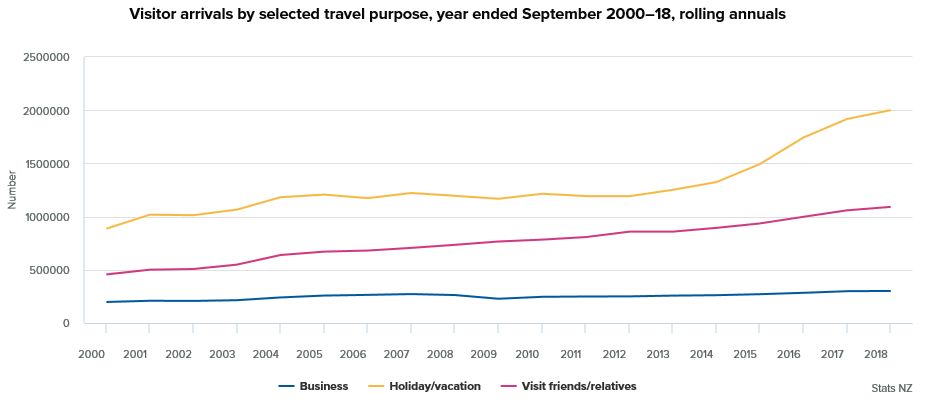Hobbiton officially ranks as the most Instagrammable destination in New Zealand, with more than 470,000 hashtagged posts on Instagram.
Milford Sound in Fiordland National Park ranks second, with 445,000 hashtagged posts.
Lake Tekapo, Mount Cook and Cathedral Cove also make the top five most Instagrammable spots.
The Lord of the Rings Hobbiton Movie Set in Matamata, New Zealand has been ranked as the most picturesque destination in the country, according to Instagram data.
Experts at New Zealand online casino guide, NZCasinoClub, analyzed Instagram hashtag data for 25 locations across New Zealand to find those that have been tagged by users the most.
The data was gathered and analyzed using Instagram hashtags, to find which popular areas of the country had the most hashtags, making them the most ‘Instagrammable.’
The Hobbiton Movie Set in Matamata was found to be New Zealand’s most snapped location according to the social media site, with 473,000 posts containing the hashtag #hobbiton.
The Tolkien tourist destination, where a significant portion of both The Lord of the Rings and The Hobbit trilogies were filmed, features more than 40 Hobbit Holes embedded in its rolling green hills, several of which visitors can enter for themselves. The location, which attracts more than half a million visitors each year, was originally a sheep farm before it was scouted by Peter Jackson and his crew back in 1998.
The second most Instagrammable location is Milford Sound, a fiord in the Southwest of the country’s South Island, within Fiordland National Park. Known for the towering Mitre Peak, the area of outstanding beauty has been tagged on 445,000 Instagram posts.
Lake Tekapo takes the third spot with 272,000 posts the hashtag #laketekapo. Despite being home to just 720 residents, the clear lakes, beautiful mountain scenery and abundance of wildflowers in the springtime have secured this tiny township the third most picturesque spot in New Zealand.
In fourth place is Mount Cook with 218,000 posts containing the hashtag, #mountcook. The mountain is the highest in the country at 3,724 metres and was allegedly climbed by Sir Edmund Hillary in preparation of his ascent of Mount Everest.
Appearing in fifth place is Cathedral Cove with 122,000 posts on Instagram featuring the hashtag #cathedralcove. Located on the southern part of Mercury Bay, the naturally formed archway provides the perfect backdrop for visitors looking to capture their travels.





















